Find Any Kiosk Machine You Need And Contact Lean Kiosk Now
All Products
Select Any Product
- Request A Quote Now

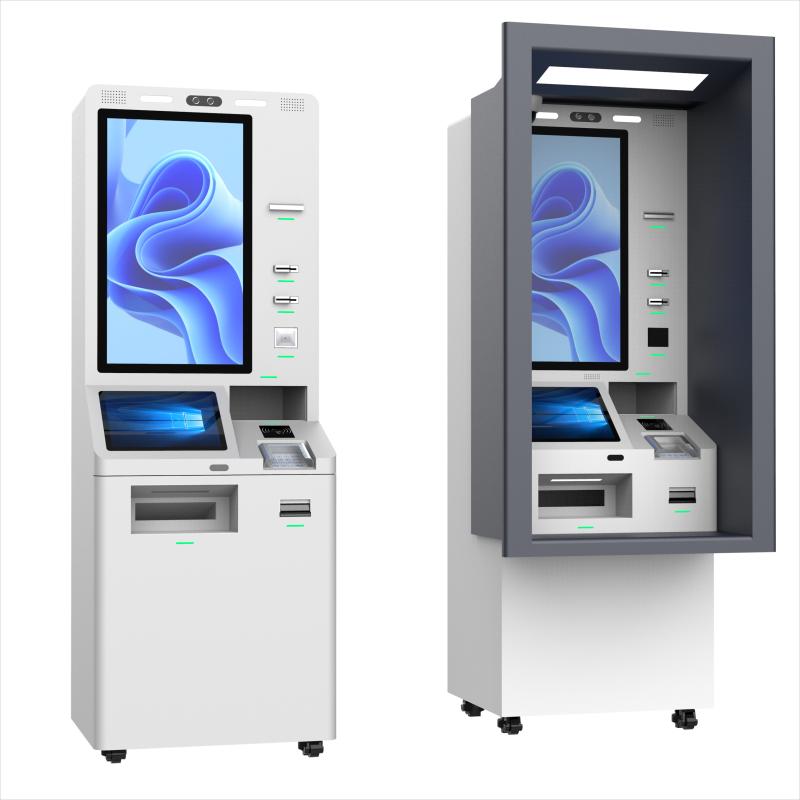


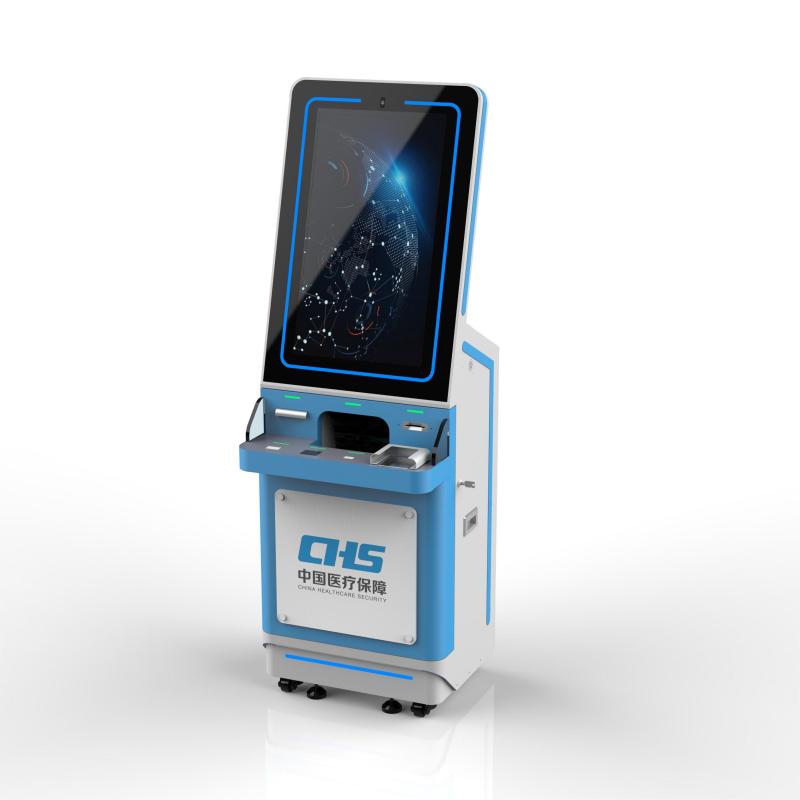
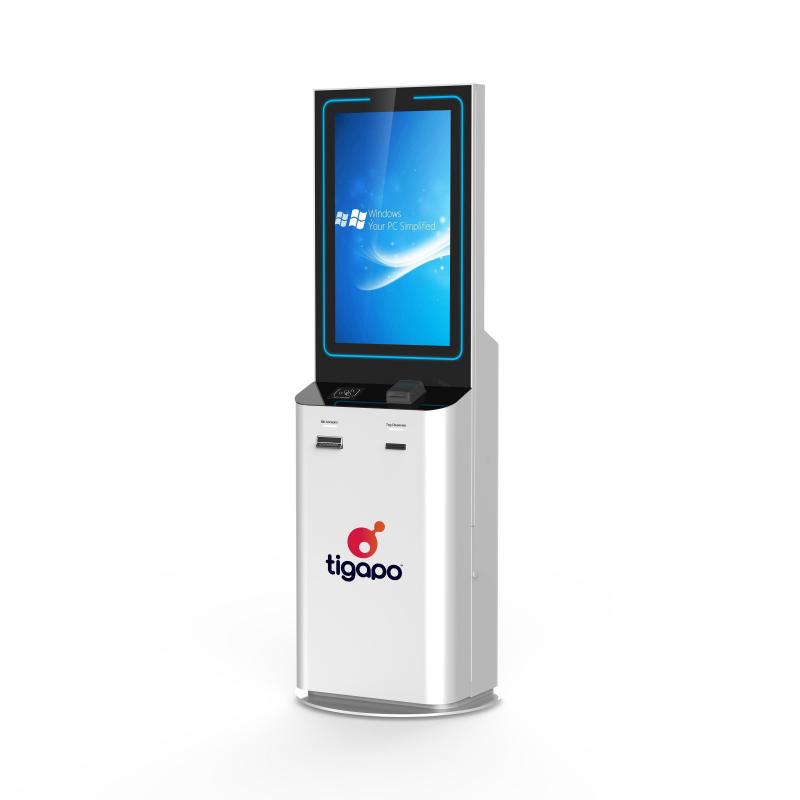
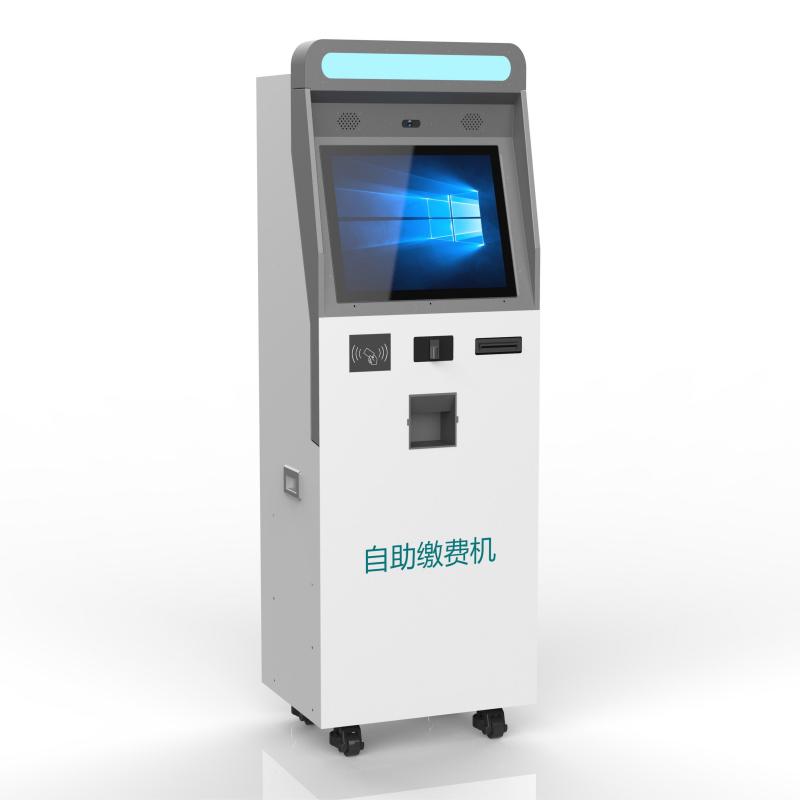
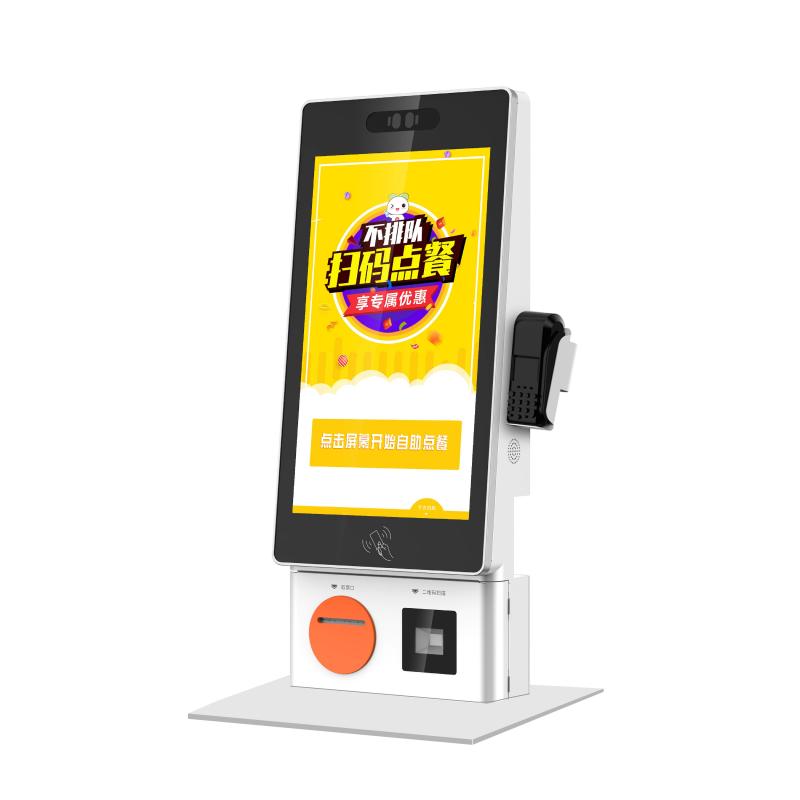
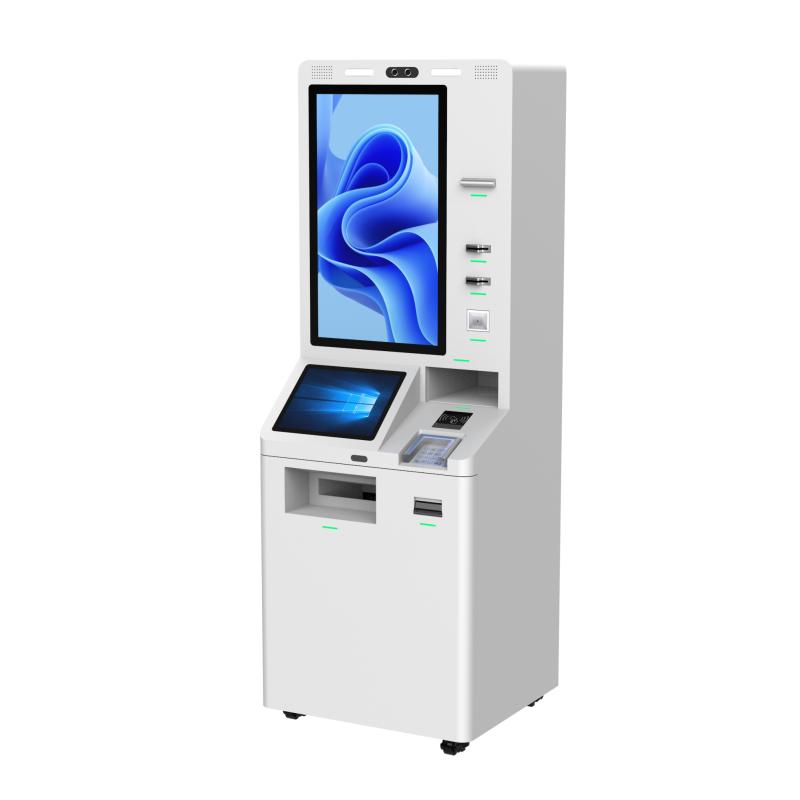
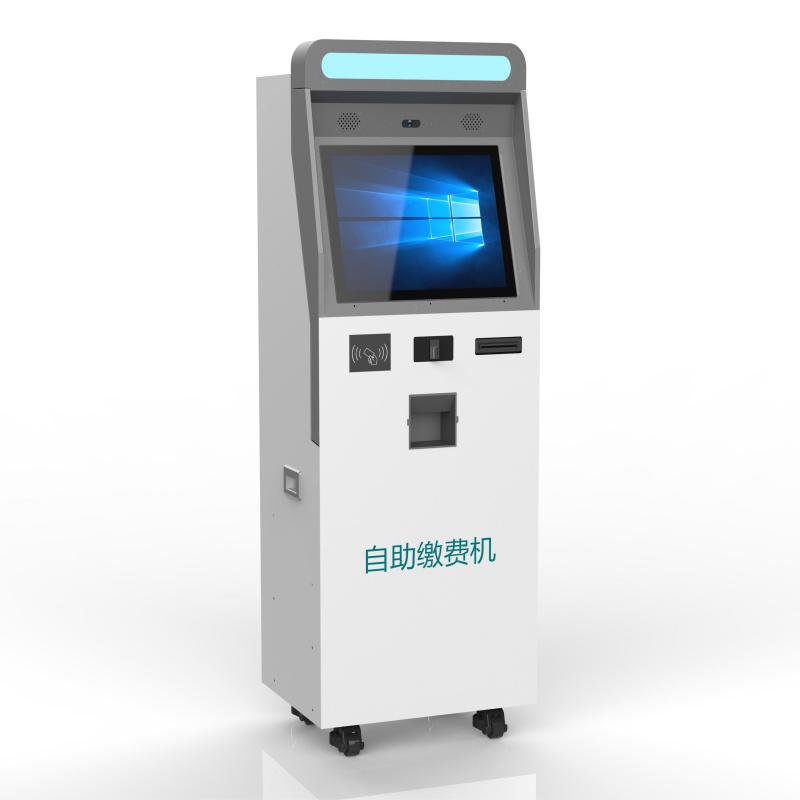

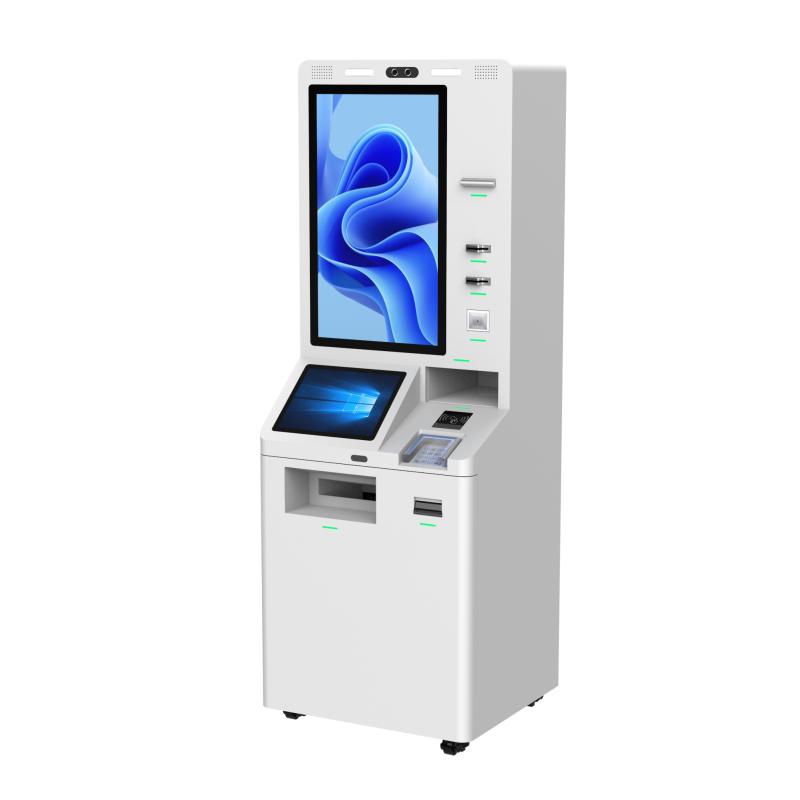
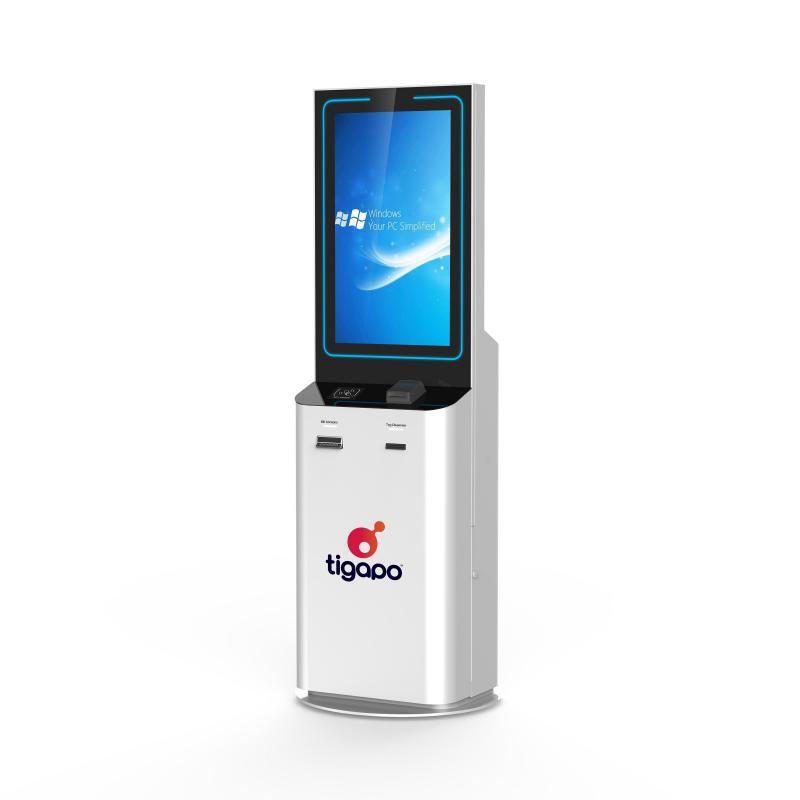
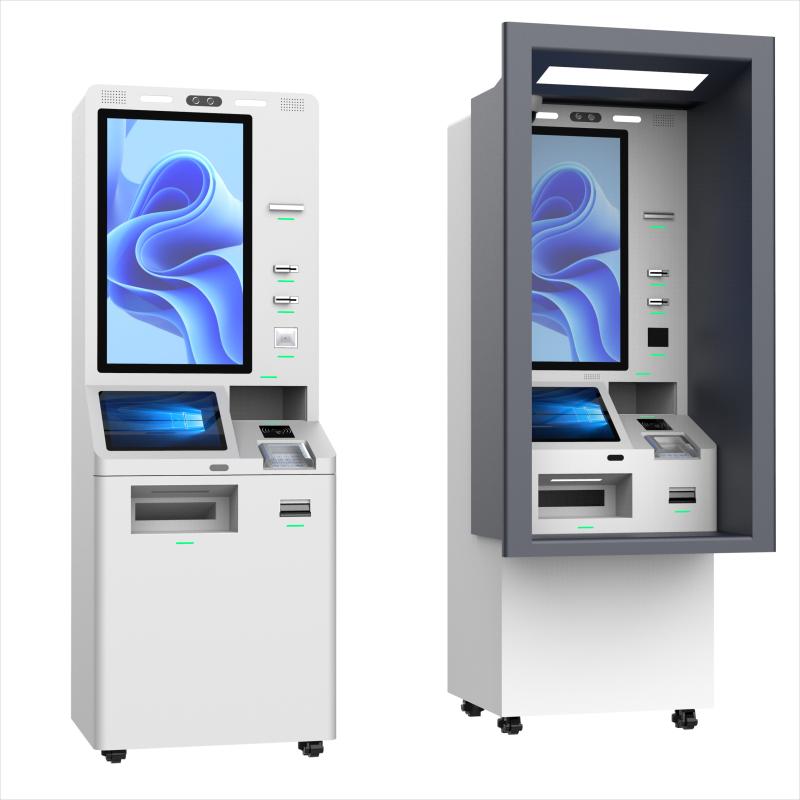
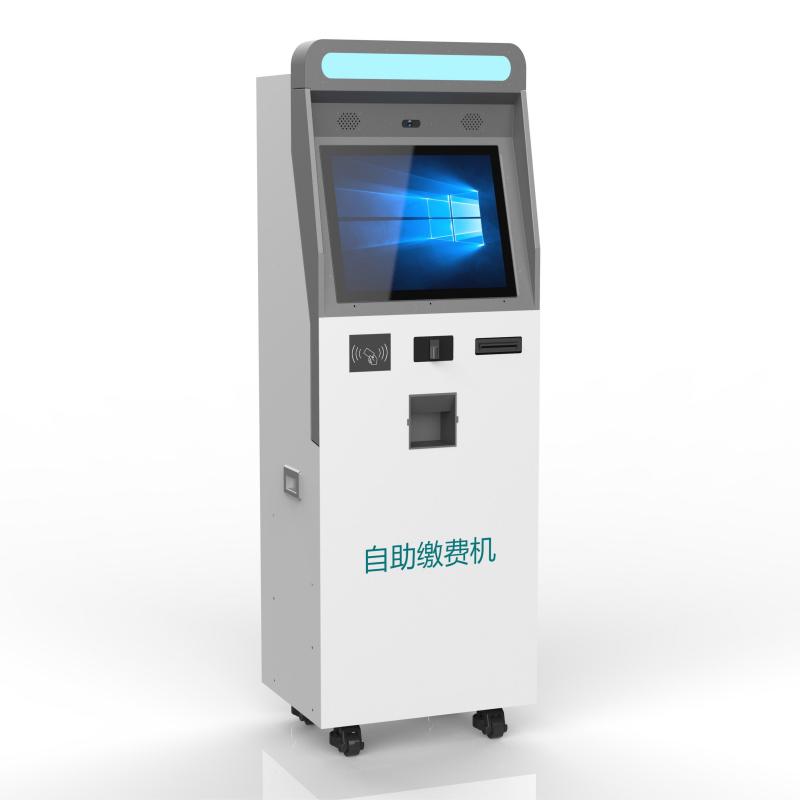
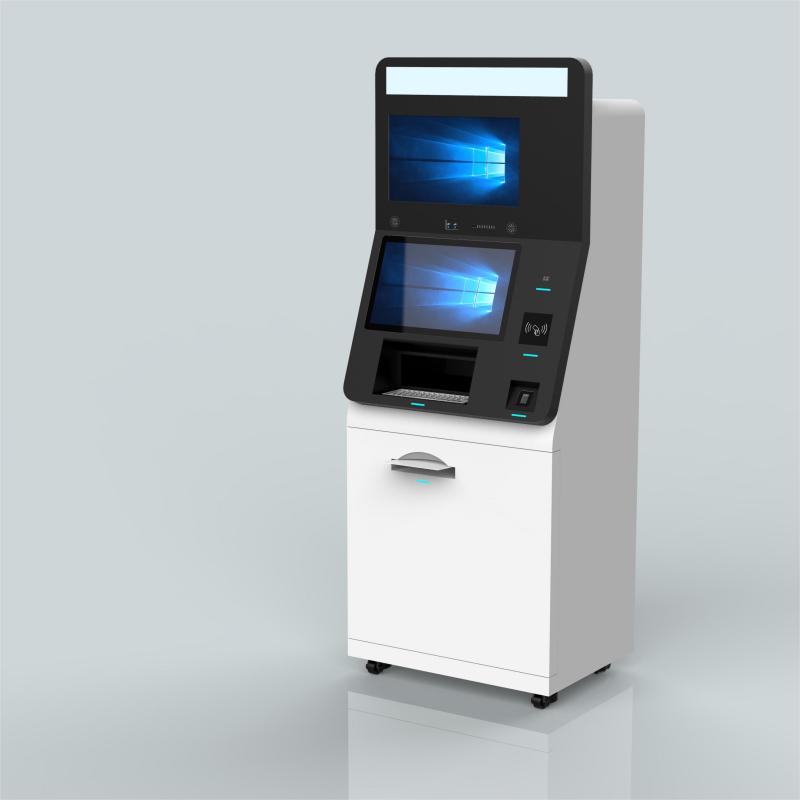
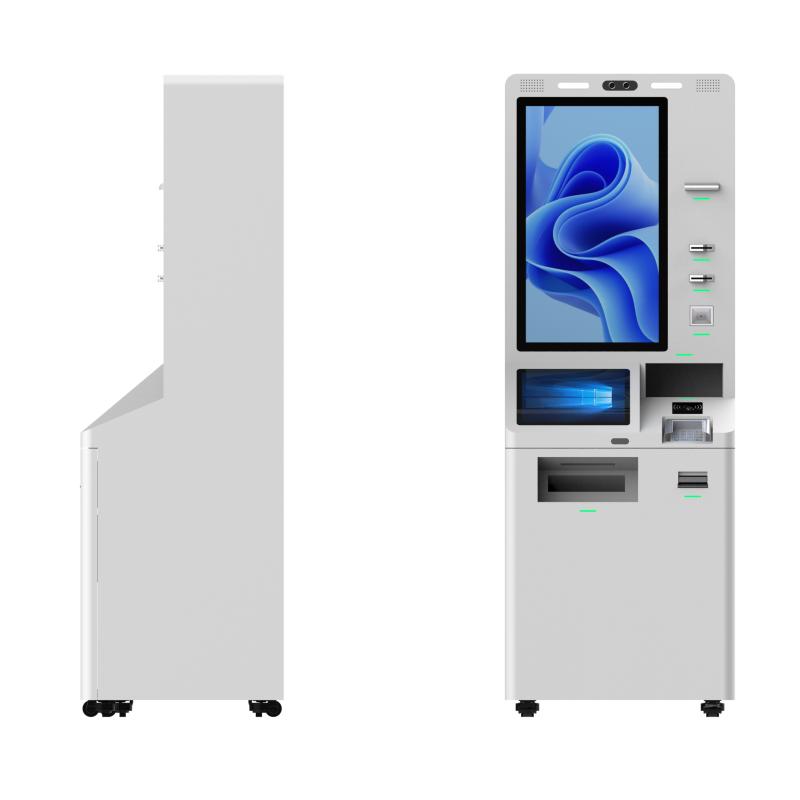
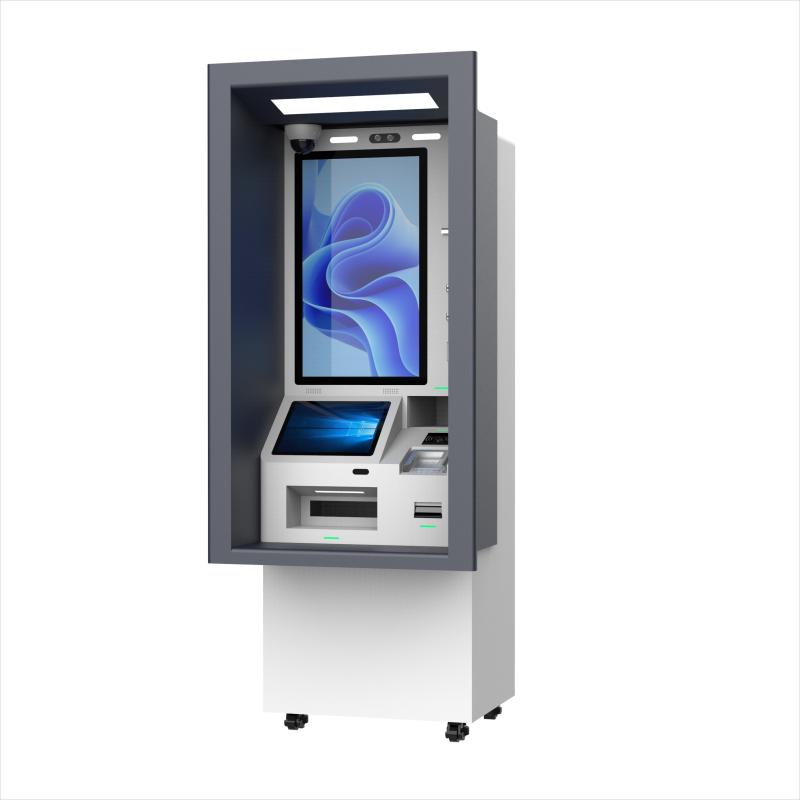
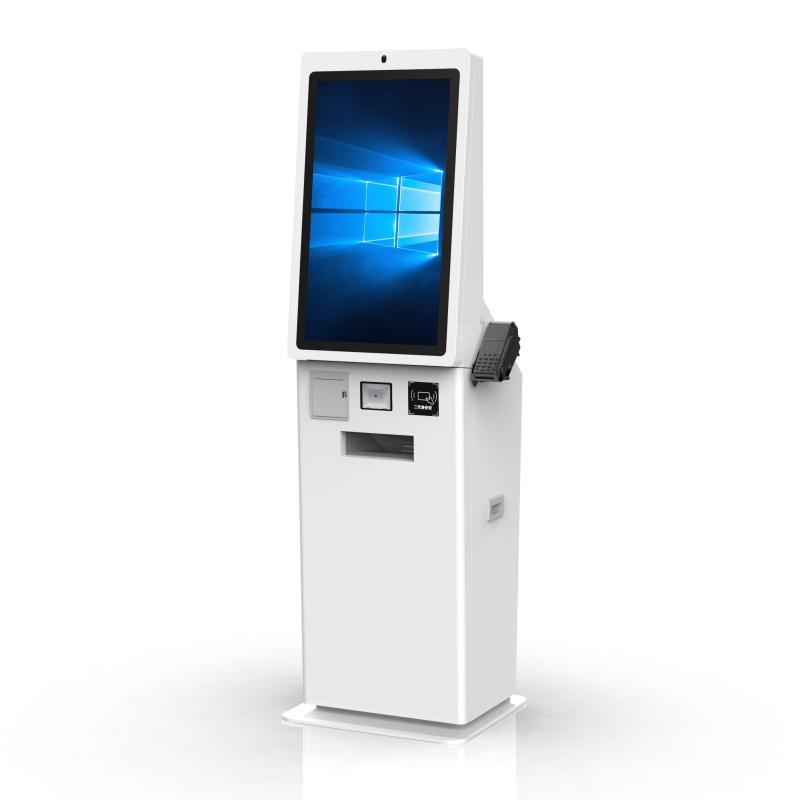

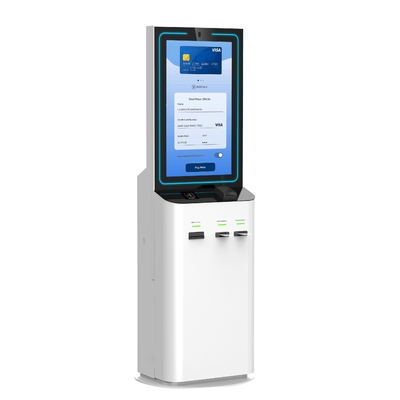
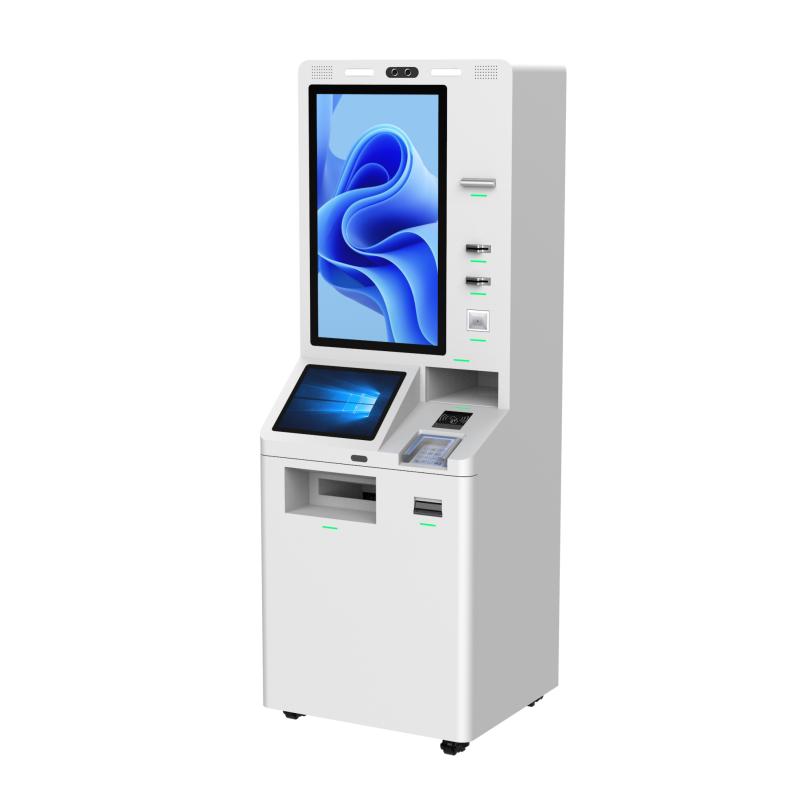
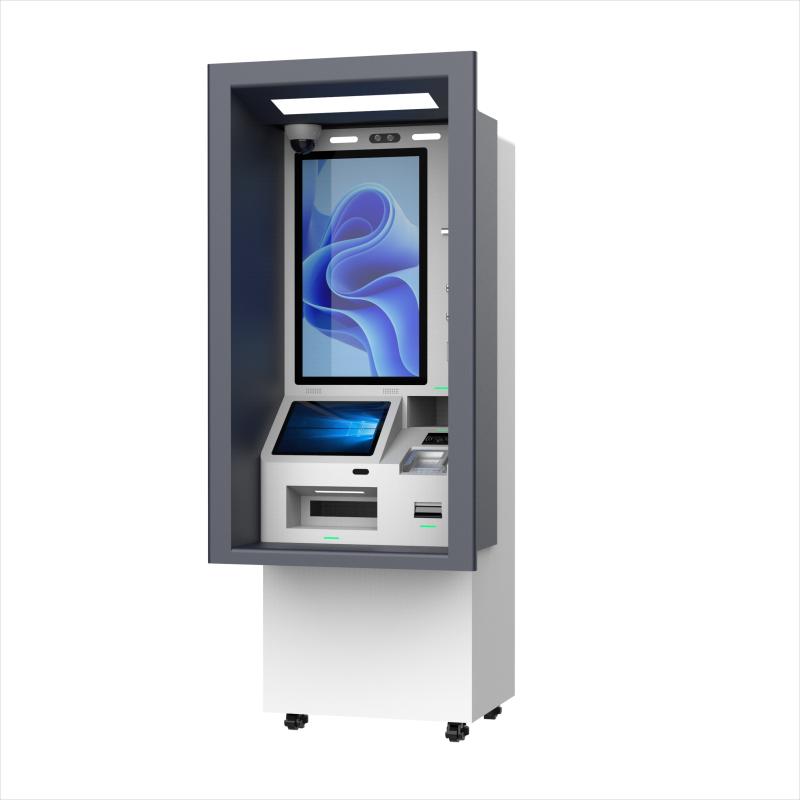
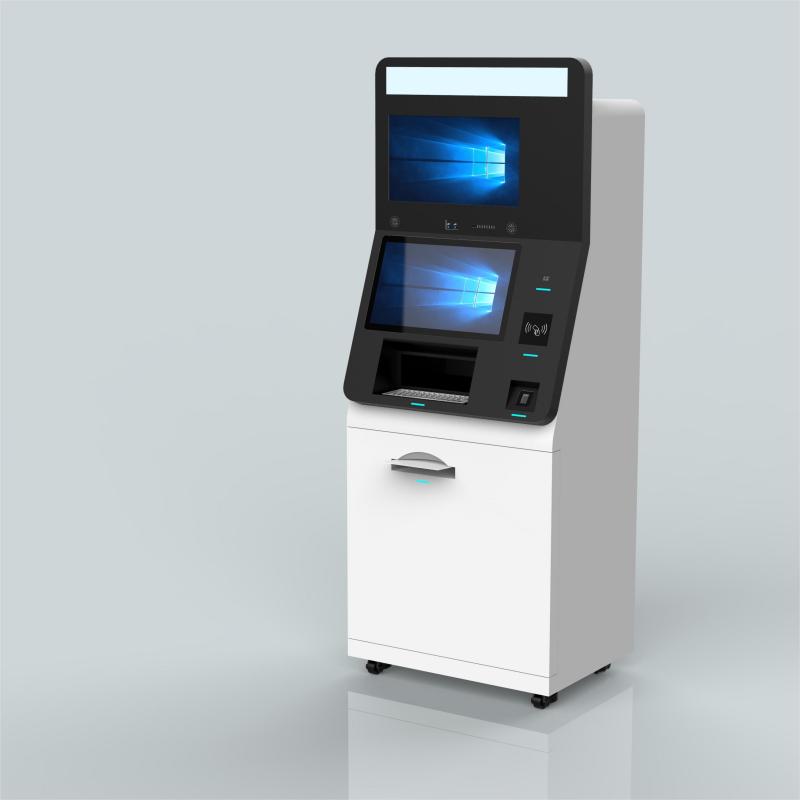

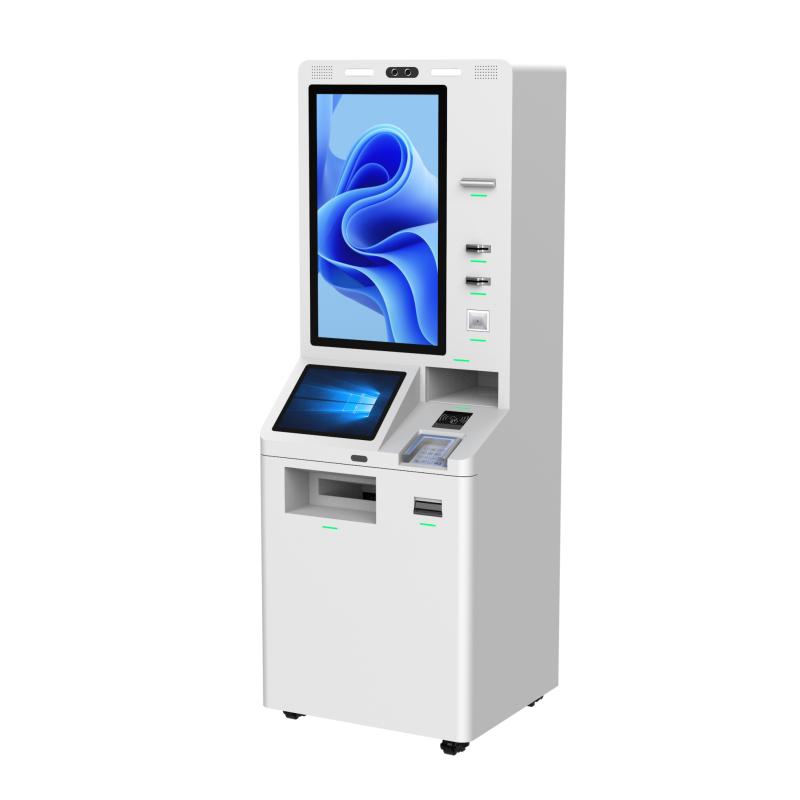

What did our happy clients say?
The payment kiosk we purchased has exceeded our expectations! It’s streamlined our operations and improved customer satisfaction. We’re grateful for the excellent service and quality product from the manufacturer.
Our new payment kiosk is fantastic—easy to use and reliable. It has significantly reduced wait times for our customers. Huge thanks to the team for the outstanding support and timely delivery!
We’re extremely pleased with our payment kiosk purchase. The installation was smooth, and it’s been a game-changer for our business. Kudos to the manufacturer for their exceptional service and quality!
The payment kiosk has made a noticeable difference in our efficiency. Our customers love it, and so do we. We highly recommend this manufacturer for their top-notch product and professional service!